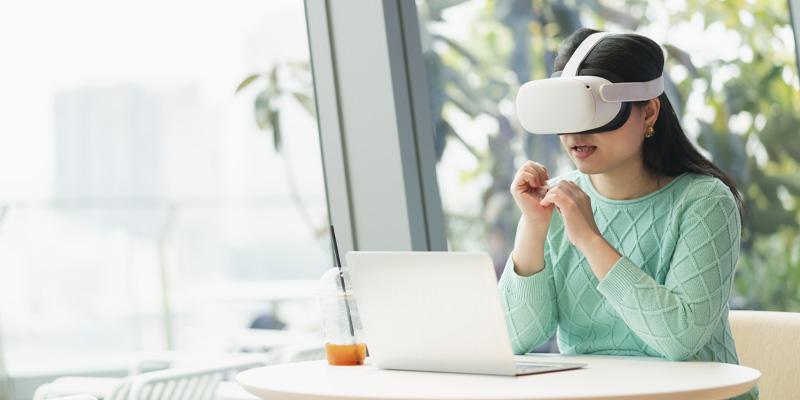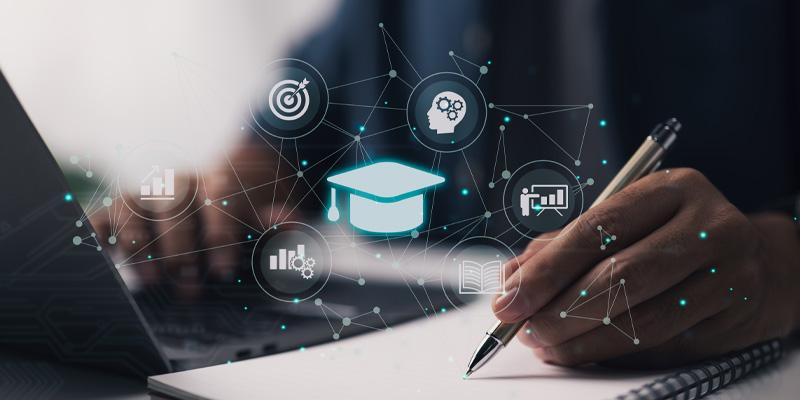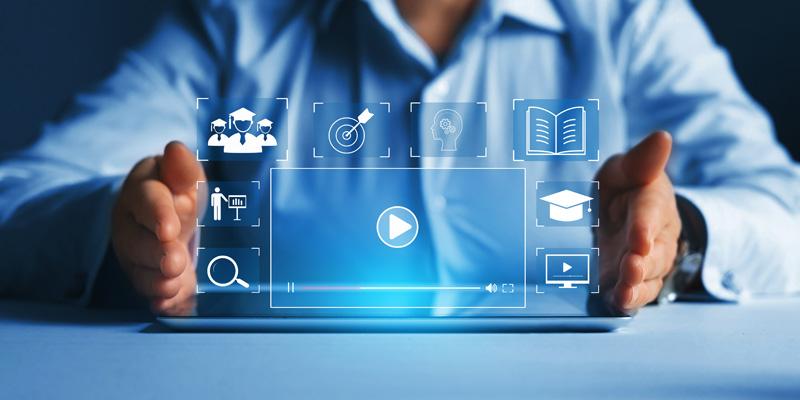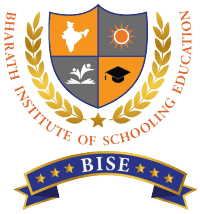In recent years, the education sector has seen a significant shift towards digitalization. Educational technology has become an essential part of modern teaching, allowing educators to enhance the learning experience for students. This article will explore the major types of educational technology and learning tools that are available to educators today.
What Are Educational Technology and Learning Tools?

Educational technology, also known as EdTech, refers to the use of various tools, platforms, and resources to enhance the teaching and learning process. This includes digital tools such as online learning platforms, educational apps, virtual and augmented reality tools, and educational software.
Learning tools are resources or strategies that can enhance the learning experience for students. These can include traditional tools such as textbooks, workbooks, and educational videos, as well as digital tools such as interactive whiteboards, learning management systems, and educational apps.
The goal of educational technology and learning tools is to improve the learning outcomes for students by creating a more engaging, interactive, and personalized learning experience. By leveraging the power of technology, teachers and students can access a wealth of educational resources and collaborate more effectively, leading to better outcomes and greater student success.
Major Types of Educational Technology

Modern teaching utilizes various educational technology learning tools. These include learning management systems, virtual and augmented reality, gamification, and mobile learning.
Learning Management Systems (LMS)
Software applications called Learning Management Systems (LMS) deliver educational content and manage student progress.
LMS is a web-based platform that allows educators to create and manage online courses, assessments, and learning materials. The LMS is now essential to higher education and corporate training, providing a dependable and practical resource for educators and students. It enables students to access educational content from anywhere in the world and allows educators to track student progress and performance.
Virtual and Augmented Reality
Gamification
Mobile Learning
Internet-Based Learning
Internet-based learning involves using the internet to deliver educational materials to students. This type of learning encompasses various forms, including online courses, webinars, and virtual classrooms. The beauty of internet-based learning is that it allows students to access educational content anywhere. In fact, popular platforms like Khan Academy, Coursera, and edX have made it possible for students to learn at their own pace and convenience.
Types of Educational Technology Learning Tools

There are several educational technology Learning tools that are used in modern teaching. These include interactive whiteboards, educational apps, and digital cameras.
Interactive Whiteboards
Sizable digital display boards called interactive whiteboards can showcase educational content and allow students to engage with digital materials. You can use Interactive whiteboards to create interactive presentations, collaborate on projects, and annotate images.
Educational Apps
Developers create educational apps to assist in delivering educational content. These apps provide interactive learning experiences, feedback, and student progress monitoring. You can access educational apps through smartphones, tablets, and computers.
Digital Cameras
Using digital cameras to capture images and videos is a great way to support educational content. With this technology, teachers can easily document classroom activities, lab experiments, and field trips. Moreover, digital cameras empower students to create engaging multimedia presentations that enhance their overall learning experience.
Types of Educational Media
Educational media refers to the format in which educational content is delivered. There are three main types of educational media: text-based, audio-based, and video-based.
Text-Based
Audio-Based
Audio-based educational media refers to educational content that is delivered in an audio format. Examples of audio-based educational media include podcasts, lectures, and audiobooks. Audio-based educational media is often used to deliver educational content that requires a high level of engagement.
Video-Based
Video-based educational media refers to educational content that is delivered in a video format. Examples of video-based educational media include educational videos, webinars, and online courses. Video-based educational media often conveys educational content that demands a high level of engagement.
Conclusion
Educational technology has revolutionized the way we teach and learn. The use of digital tools and resources has allowed educators to create engaging and interactive learning experiences that enhance the learning process. By understanding the major types of educational technology and learning tools, educators can make informed decisions about how to incorporate technology into their teaching.
Frequently asked questions
Educational technology is the use of technology to improve the teaching and learning experience.
The major types of educational technology are learning management systems, virtual and augmented reality, gamification, and mobile learning.
The types of educational media are text-based, audio-based, and video-based.
Educational technology tools facilitate the delivery of educational content through the utilization of hardware and software devices.
Educational technology enhances the learning experience by providing engaging and interactive learning experiences that support student engagement and motivation.
While educational technology tools have many benefits, they can also pose challenges, such as a lack of access to technology or issues with connectivity. Additionally, some educators and students may need additional training or support to effectively use these tools.
Educators can use educational media to provide a more engaging and interactive learning experience for students. By incorporating various types of media, teachers can cater to different learning styles and promote a deeper understanding of the subject matter.
The major types of educational technology include online learning platforms, educational apps, virtual and augmented reality tools, and learning management systems.
